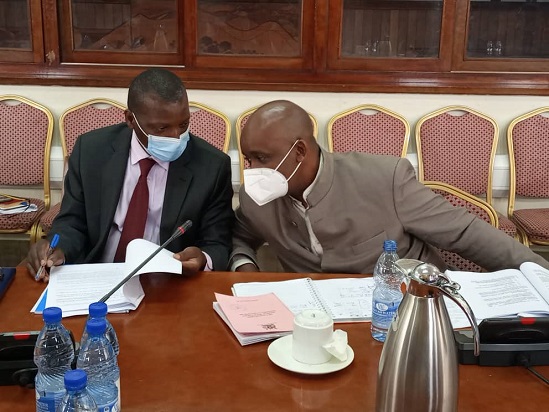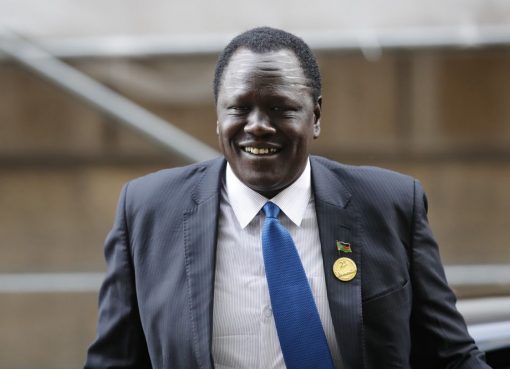Ugandans are expected to earn a total of US$ 48.5 million or about Shs 171 billion in annual salaries and wages from employment in oil and gas companies when commercial production starts.
And this will be payments for the Ugandans directly employed in the sector, who are also expected to account for 57% of all the employment positions. This would be enough for a year to pay 28,000 Grade III teachers earning a monthly Shs 500,000 each.
Betty Namubiru, the Manager National Content at the Petroleum Authority of Uganda says Ugandans directly employed by the companies in the sector will be about 14,000, while those indirectly employed or employed by contractors are expected to number about 45,000.
Another section of employment opportunities will be in the form of what is termed ‘induced employment’, in economic activities that are targeted at serving or giving supplies to the oil companies, contractors and staff, like food, medical, education.
These are expected to total 105,000 Ugandans. Most of the direct employment opportunities will be in fields like mechanics; drivers; plant and machine operations; cleaning, repairs and maintenance, among others.
There have been efforts initiated by the government to train Ugandans and get them ready to take advantage of these opportunities. The East African Crude Oil Pipeline project and the refinery alone are expected to attract 1,500 welders, while the number of those needed in similar activities in the oil fields is not yet known.
“The studies that have been done show that at least 1,500 welders will be required at the peak of construction. But there are also other trades and crafts which present opportunities for the country. But for the country to benefit, it will take more effort to prepare so as to access these opportunities,” says Ernest Rubondo, the Executive Director, PAU.
Since the signing of three key agreements in April that launched the oil and gas projects, the way was paved for the award of contracts to the main engineering, procurement and construction contractors.
Construction works for the required facilities is expected to start before the end of this year, according to Total Energies, the lead investor, which is currently carrying out site clearance for the Tilenga Project Industrial Area (which is located northern part of the Lake Albert basin).
“Contracts worth 167 million dollars out of the 1.362 billion for the Tilenga and Kingfisher projects that have been presented to the Authority for approval are expected to be awarded directly to Ugandan companies. This only accounts for 19 out of the more than 37 work packages to be awarded by the licensees,” says Ms Namubiru. Kingfisher area project is located southwards of the Tilenga.
This should be the time for the Ugandan contractors to be ready to start work. The contracting process in the sector usually has three tiers, with Tier 1 involving the license holder contacting the main contractor, who then get a sub-contractor in the Tier 2. And sometimes, this sub-contracts a Tier3 contractor, in most cases for goods, services and works for their line of business.
“We expect the majority of Ugandan companies to provide goods and services as Tier2 contractors. There are also still some contracts under Tier1. The Tilenga, Kingfisher and EACOP projects are expected to have more than 60 Tier1 contractors,” she says, adding that the PAU has so far given approvals for the Tilenga Engineering, Procurement, Construction and Commissioning contract.
Other areas that are expected to benefit from these activities include tourism, agriculture, manufacturing, transport, which are expected to benefit from up to 9 billion dollars, according to PAU.
“Ugandan entrepreneurs and individuals desirous of working in the oil and gas sector should register on the National Suppliers Database and the National Oil and Gas Talent Register for visibility to the industry,” says Namubiru.
-URN






Hello I am interested in applyng,to your company I am process engineer and technician on an oil plat-forme ,I am olso offshore crane operator and pipeline technician and well operator. I have 13 years of professional expérience in the and offshore and onshore oil sector
Kind regards